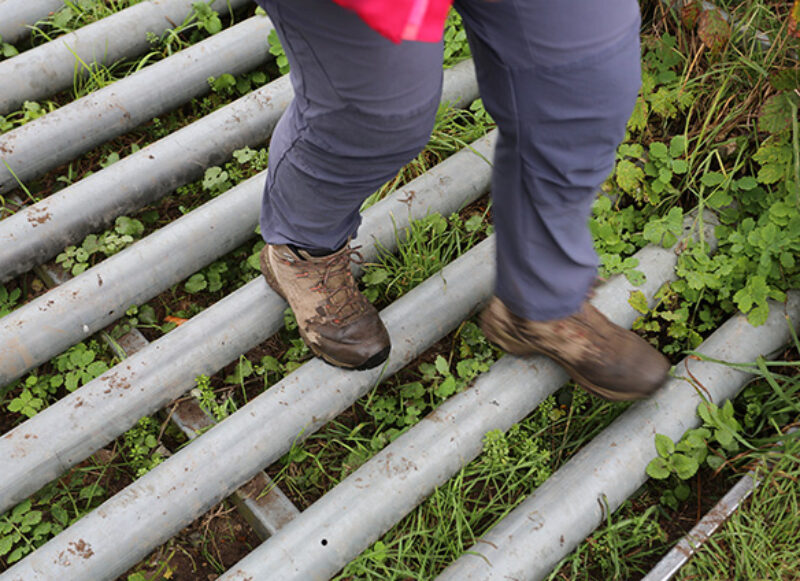Getting Past the Barriers to Disaster Planning
Jun 16, 2025
Jun 16, 2025

Many small business owners typically face constant demands on their time and attention. Day to day operations, cash flow management, customer service and employee issues consume their focus, making it difficult to prioritize planning for hypothetical future events. Owners often operate with limited financial and personnel resources. Creating comprehensive disaster plans requires time and expertise that many small businesses feel they can’t spare from their core business needs. And many owners simply don’t know where to start with disaster planning. The process can seem overwhelming and unnecessarily complex. It doesn’t have to be.
Here are words of wisdom from one small business owner after their business was impacted by hurricane flooding.
The first step was honestly acknowledging that disasters don’t just happen to “other people.” After seeing three businesses on my street close permanently after the flooding, I realized my “it won’t happen to me” mindset was pure fiction. Looking at actual disaster statistics for North Carolina was my wake-up call.
Don’t try to build a comprehensive plan overnight. I blocked just 30 minutes each Friday afternoon – when my mind was already shifting to weekend mode – and focused on one small piece:
I attached disaster planning to tasks I was already doing. When I renewed my insurance, I actually read the policy and noted the gaps. When I updated employee contact info, I created an emergency call tree. When I backed up my accounting data, I expanded that to other critical files.
What finally motivated me was thinking about my employees who depend on me. Could I look them in the eye if my lack of planning cost them their jobs? My disaster plan became about protecting them, not just my bottom line.
I started with simple tools: just a Google Doc and a folder in the cloud for critical documents. No fancy software or consultants. Something is infinitely better than nothing. And now you can use ChatGPT or other AI tools. You can simply enter a description or profile of your business – your industry, number of employees, location. Instruct the AI tool to create a simple risk assessment and template for action steps. AI suggestions are surprisingly easy to tailor and are usually quite useful.
I checked in with my SBTDC counselor regularly. We outlined simple steps for me to accomplish each week. Telling someone else you’re going to do something creates powerful motivation.
Connect disaster planning to current business challenges. When I was struggling with employee turnover, I realized how vulnerable that made us in a disaster scenario. Suddenly, cross-training became both a daily operations improvement AND a disaster planning step.
Remember, perfect is the enemy of done. Even a bare-bones plan puts you miles ahead of where I was when disaster struck. What’s one small step you could take this week?
Set up a meeting with your SBTDC counselor today to get started on your plan. We can serve as your sounding board and accountability partner.
